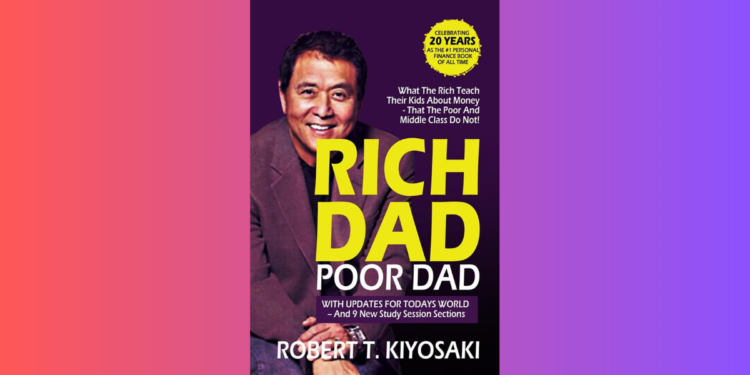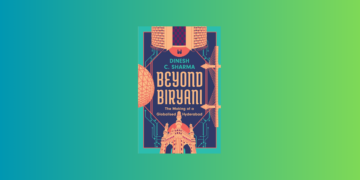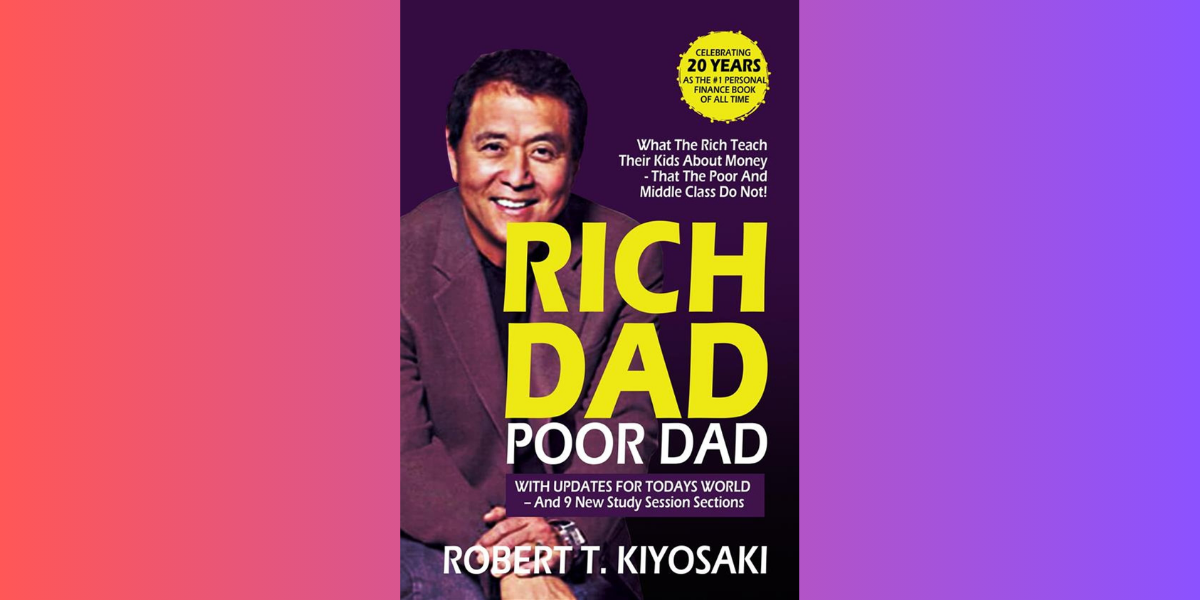“Rich Dad Poor Dad” is a personal finance classic written by Robert Kiyosaki, first published in 1997. The book has since become a global phenomenon, translated into dozens of languages and selling millions of copies worldwide. Its enduring popularity stems from its unique perspective on financial education, wealth-building, and the fundamental differences between the “Rich Dad” and “Poor Dad” mentalities. In this comprehensive review, we will explore the key concepts, lessons, and the impact of “Rich Dad Poor Dad” on readers’ financial mindsets.
Introduction:
The book begins with an anecdote that sets the stage for the author’s exploration of two influential figures in his life: his biological father (referred to as “Poor Dad”) and the father of his childhood best friend (referred to as “Rich Dad”). These two men represent divergent approaches to money, wealth, and financial literacy. Kiyosaki’s real father, well-educated and a government employee, emphasizes traditional education and job security. In contrast, Rich Dad, an entrepreneur, focuses on financial education and creating assets that generate income.
Part I: Lessons from Poor Dad
Chapter 1: “The Rich Don’t Work for Money”
In the first chapter, Kiyosaki discusses the primary difference between his Poor Dad and Rich Dad: their attitude toward work and money. Poor Dad’s philosophy is rooted in the idea of obtaining a good education to secure a stable job. He believes that working hard, saving money, and staying out of debt are the keys to financial security. On the other hand, Rich Dad encourages financial education, entrepreneurship, and investing in assets that generate passive income. This chapter lays the foundation for the book’s central theme: the importance of financial education and the need to rethink traditional approaches to earning money.
Chapter 2: “Why Teach Financial Literacy?”
Kiyosaki emphasizes the lack of financial education in traditional schooling. He argues that schools primarily teach people how to become employees and work for money, but they don’t teach vital financial skills, such as budgeting, investing, or managing debt. The chapter encourages readers to take control of their financial education and seek out knowledge to build wealth and financial independence.
Chapter 3: “Mind Your Own Business”
In this chapter, Kiyosaki introduces the concept of the “rat race.” The rat race represents the endless cycle of working for a paycheck, paying bills, and struggling to make ends meet. Kiyosaki encourages readers to “mind their own business” by focusing on building assets that generate income. He advocates for the importance of entrepreneurship and asset-building as a means to break free from the rat race.
Chapter 4: “The History of Taxes and the Power of Corporations”
Kiyosaki delves into the history of taxes and the tax advantages enjoyed by corporations and business owners. He highlights the significance of understanding the tax code and utilizing legal tax benefits to reduce the amount of money individuals pay in taxes. This chapter underscores the importance of considering tax implications when making financial decisions.
Part II: Lessons from Rich Dad
Chapter 5: “The Rich Invent Money”
Kiyosaki discusses the concept of financial intelligence, emphasizing that it is not just about knowing how to make money but also how to keep it and make it work for you. Rich Dad encourages readers to be innovative and think creatively when it comes to generating income. He advocates for creating assets, such as businesses, investments, and real estate, that generate cash flow.
Chapter 6: “Work to Learn—Don’t Work for Money”
Kiyosaki advocates a shift in perspective: instead of working for a paycheck, work to acquire new skills and knowledge. He emphasizes that education and learning are ongoing processes, and financial education is a crucial aspect of achieving wealth. Rich Dad encourages readers to embrace challenges and view mistakes as valuable learning experiences.
Chapter 7: “Overcoming Obstacles”
This chapter addresses common obstacles and fears that prevent people from taking financial risks. Kiyosaki discusses the fear of losing money, criticism from others, and the importance of taking control of one’s financial future. Rich Dad’s lessons revolve around facing fears, learning from failures, and being persistent in the pursuit of financial success.
Chapter 8: “Getting Started”
Kiyosaki offers practical advice for getting started on the path to financial independence. He emphasizes the importance of building financial foundations through savings, investments, and entrepreneurship. This chapter introduces the concept of “paying yourself first” by saving a portion of income before paying expenses and debts.
Part III: Putting Lessons into Action
Chapter 9: “Still Want More? Here Are Some To Do’s”
This chapter offers concrete steps and actions that readers can take to apply the principles discussed in the book. Kiyosaki provides recommendations for further reading, courses, and seminars on financial education. He also encourages readers to take action by setting specific financial goals and creating a plan to achieve them.
Chapter 10: “Final Thoughts”
Kiyosaki concludes the book by reiterating the importance of financial education and taking control of one’s financial future. He emphasizes that the path to wealth is a lifelong journey and that readers must be committed to learning, growing, and adapting to achieve their financial goals.
Key Concepts and Lessons:
“Rich Dad Poor Dad” presents several key concepts and lessons that have resonated with readers and continue to shape their financial perspectives:
- Financial Education: The book underscores the critical importance of financial education and the need to learn about money, investing, and asset building. Kiyosaki argues that traditional schooling largely ignores these essential topics.
- Assets vs. Liabilities: Kiyosaki introduces the concept that assets put money in your pocket, while liabilities take money out of your pocket. He encourages readers to focus on acquiring assets that generate passive income and to minimize liabilities.
- Entrepreneurship: Rich Dad advocates for entrepreneurship as a means of creating income-generating assets. The book encourages readers to explore opportunities for starting businesses and investments.
- Mindset and Risk-Taking: Kiyosaki emphasizes the importance of mindset and overcoming fear. He suggests that the fear of failure and criticism from others can hold individuals back from pursuing financial opportunities.
- Investing in Real Estate: The book promotes real estate as an avenue for wealth-building. Kiyosaki argues that real estate provides a reliable source of passive income and has the potential for appreciation.
- Tax Benefits: Kiyosaki discusses the advantages of understanding the tax code and utilizing legal tax benefits to reduce tax liabilities. He encourages readers to make financial decisions with tax implications in mind.
- The Rat Race: Kiyosaki introduces the concept of the “rat race” as the cycle of working for a paycheck and paying bills. He suggests that breaking free from the rat race requires building assets that provide financial independence.
Impact and Controversies:
“Rich Dad Poor Dad” has had a significant impact on personal finance literature and the mindset of millions of readers worldwide. Some of the key impacts and controversies associated with the book include:
- Positive Impact: The book has empowered many readers to take control of their financial futures and seek financial education. It has inspired people to explore entrepreneurship, investing, and asset building.
- Controversy: Critics have raised concerns about the book’s lack of specific financial advice and its emphasis on entrepreneurship and real estate. Some argue that the book oversimplifies complex financial concepts.
- Criticisms of “Rich Dad”: Some readers and analysts have questioned the authenticity of the “Rich Dad” character, as Kiyosaki has not disclosed the identity of this individual. This has led to doubts about whether the stories and lessons attributed to Rich Dad are factual.
- Debate Over Real Estate: Kiyosaki’s strong advocacy for real estate investment has sparked discussions about the risks and benefits of this asset class. Some believe that real estate may not be the right choice for everyone.
- Legacy: “Rich Dad Poor Dad” is part of a broader financial education movement that has encouraged individuals to seek knowledge and take control of their financial destinies. It has led to the creation of various seminars, courses, and related literature.
In Conclusion:
“Rich Dad Poor Dad” is a pioneering book in the field of personal finance and wealth-building. Its emphasis on financial education, entrepreneurship, and asset building has resonated with readers and inspired many to reconsider their approach to money and work. While the book has faced criticisms and controversies, its overall impact on personal finance literature and the financial mindset of individuals cannot be denied. “Rich Dad Poor Dad” continues to serve as a catalyst for those seeking financial independence and a shift from the “Poor Dad” to “Rich Dad” mentality.









